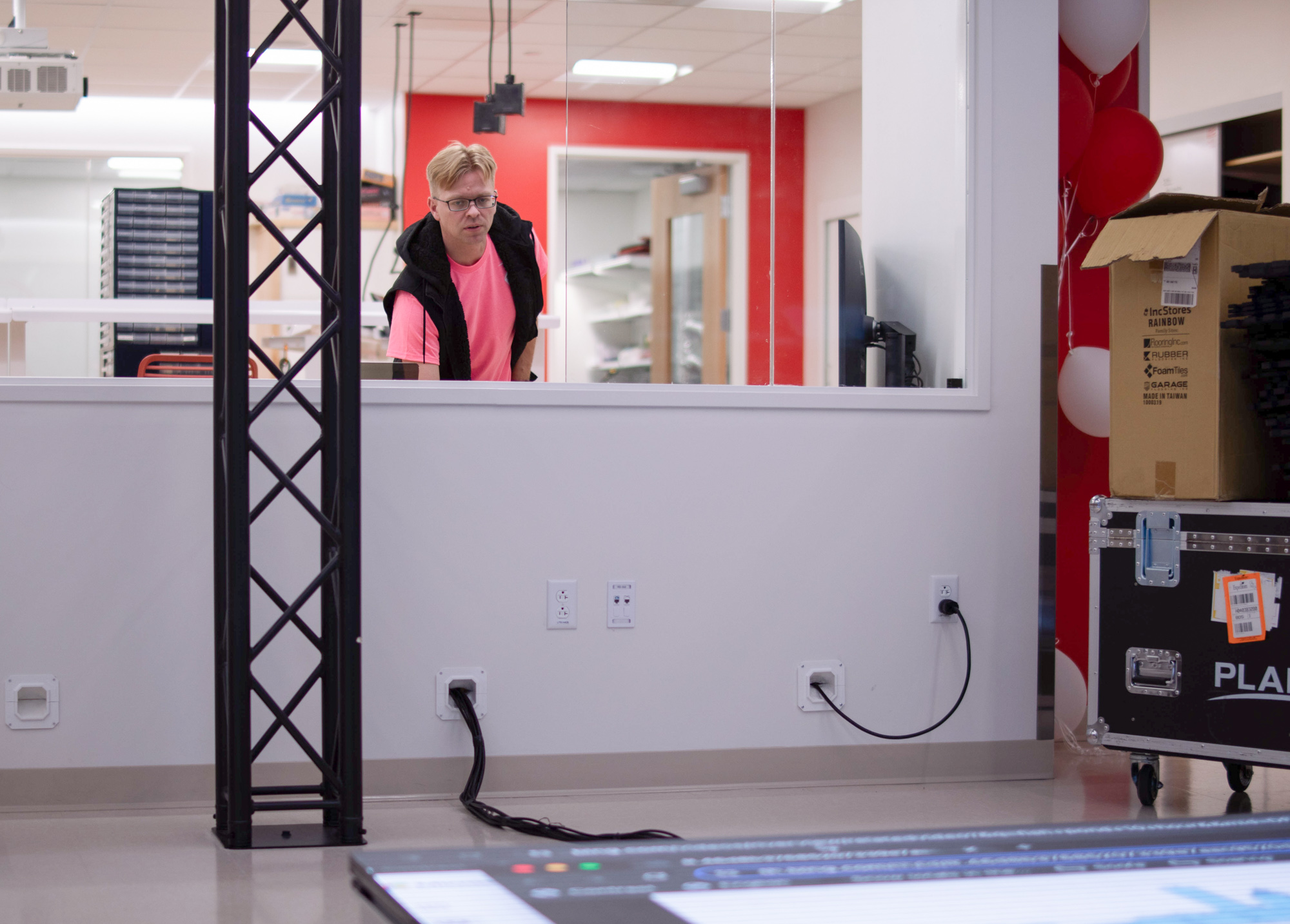The Robotics and Autonomous Systems Teaching and Innovation Center officially opened its doors to the public Monday.
The lab, located at 730 Commonwealth Ave, aims to give undergraduate and graduate students in the College of Engineering the opportunity to “develop a skill set in robotics” and focus on developing skills “applicable to industry needs inside Massachusetts,” according to Director Kenn Sebesta.

RASTIC will complement the courses within the Robotics and Autonomous system Master’s degree, but is also open to undergraduate students taking upper level electives.
“It is one of the first teaching-focused robotics labs here that has been partnered through the MassTech collaborative through the state of Massachusetts,” said Andrew Sabelhaus, director of the soft robotics control lab and assistant mechanical engineering professor.. “The focus here at BU is to make a space where people can do hardware robotics projects.”
RASTIC is funded through a $4.4 million award from the Innovation Institute at the Massachusetts Technology Collaborative, or MassTech, matched by $4.4 million from Boston University, according to the BU Center for Information & Systems Engineering.
“Our primary funding source comes through industry, not through the university, not through tuition dollars, but from industry dollars from industry partners who recognize the value that RASTIC can bring to their products,” Sebesta said.
Sebesta invited presenters from all years to the opening. Presenters ranged from freshmen to PhD students.
George Knight and Mitch Kain, mechanical engineering Master’s candidates in the College of Engineering, were two presenters asked to showcase their hovercraft project at the opening. They were one of 17 demonstrations that happened at the ribbon cutting
Knight explained that one of the biggest challenges he experienced prior to the open was applying the theory knowledge he gained from his classes into practice.
“Our solution at the time was to just spend huge amounts of time working through these really frustrating processes, [and] now I know that … RASTIC is here,” Knight said.
According to Megha Venkatesam, a Master’s degree student, students have been coming into the center since January to work on their projects.
“[RASTIC] is different from a lab in the sense that it’s a workshop where you can come and … work on your own stuff and benefit from the knowledge of others,” Venkatesam said.
The space contains three rooms: a soft robotics center, the BUild teach learn room and the arena equipped with a video floor, which all aim to help students create in use robots for different purposes.
“We have spaces like a wet lab, and a motion capture arena to use for research purposes for each of the professor’s research labs,” Sabelhaus said. “But we have just been growing so much that we need it for classes now as well.”
BU Campus Planning & Operations’ website says that the new lab space will be able to “more than quadruple its master’s degree students in robotics,” due to the larger capacity the program will have to support more students.
“We’re trying to lengthen Massachusetts’ lead in the robotics space for the world’s leading robotics hub, both Massachusetts and Boston in particular,” Sebesta said. “[We want to] make sure the students who come through RASTIC are equipped with the skills the industry wants, needs, demands.”























































































































